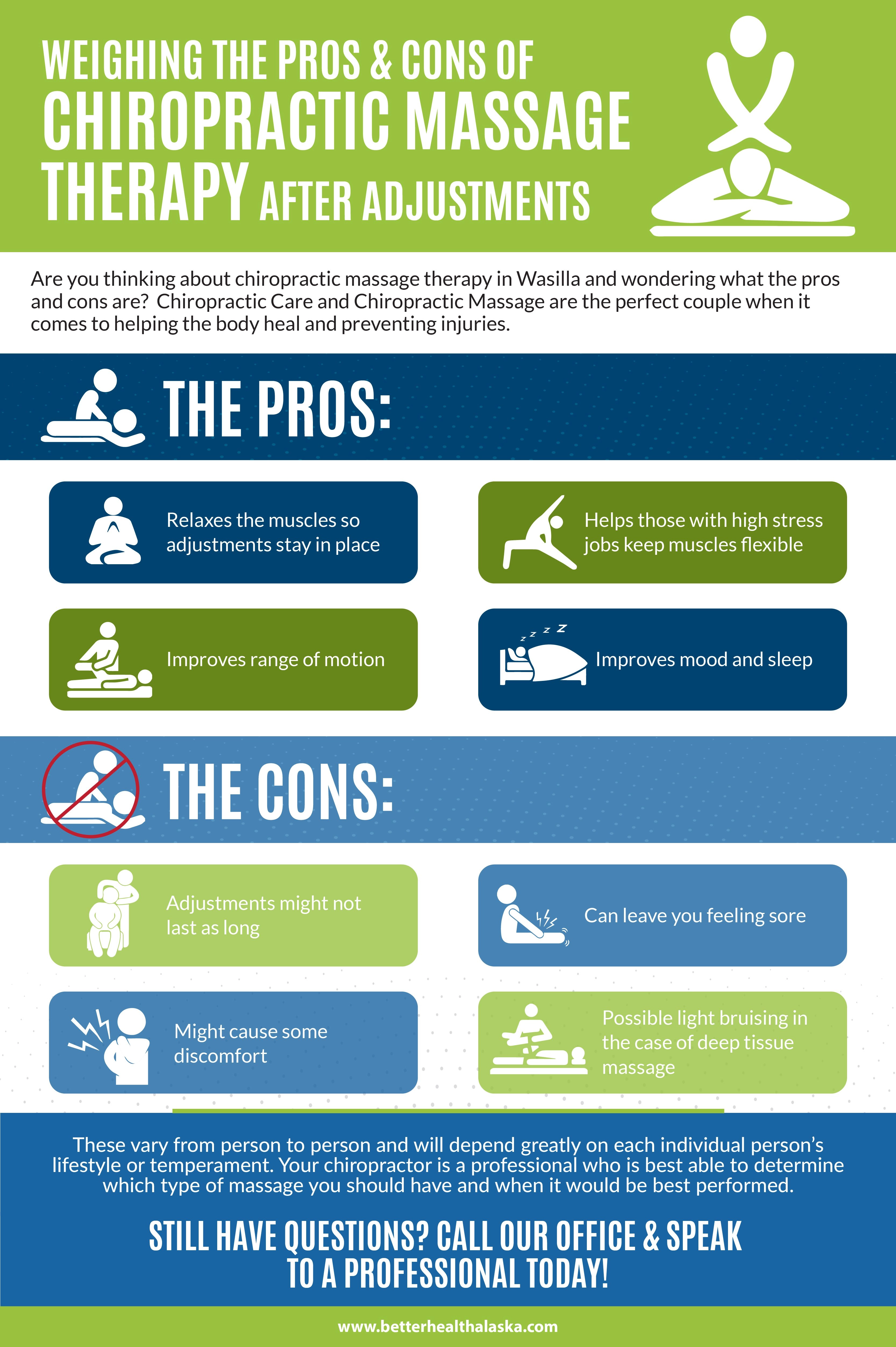Typical Everyday Routines That Cause Pain In The Back And Tips For Avoiding Them
Typical Everyday Routines That Cause Pain In The Back And Tips For Avoiding Them
Blog Article
Author-Mckay Schaefer
Preserving appropriate position and staying clear of usual pitfalls in everyday tasks can substantially influence your back health and wellness. From how you rest at your desk to exactly how you lift heavy things, little adjustments can make a large difference. Visualize a day without the nagging pain in the back that hinders your every step; the option could be less complex than you believe. By making a few tweaks to your daily routines, you could be on your means to a pain-free presence.
Poor Pose and Sedentary Way Of Life
Poor pose and a less active way of living are two significant contributors to neck and back pain. When you slouch or hunch over while sitting or standing, you placed unnecessary strain on your back muscles and spinal column. This can result in muscle imbalances, tension, and ultimately, persistent neck and back pain. Additionally, sitting for extended view website without breaks or physical activity can deteriorate your back muscles and lead to stiffness and discomfort.
To battle inadequate pose, make an aware initiative to rest and stand straight with your shoulders back and straightened with your ears. Bear in mind to maintain your feet flat on the ground and stay clear of crossing your legs for extensive durations.
Integrating normal stretching and enhancing workouts into your daily routine can additionally assist improve your posture and reduce neck and back pain related to a less active lifestyle.
Incorrect Training Techniques
Improper lifting methods can substantially contribute to pain in the back and injuries. When you lift hefty items, remember to bend your knees and use your legs to raise, rather than relying upon your back muscular tissues. Prevent twisting your body while training and keep the object near your body to lower strain on your back. It's vital to maintain a straight back and stay clear of rounding your shoulders while raising to stop unneeded stress on your back.
Always analyze the weight of the item before lifting it. If it's as well hefty, request assistance or usage equipment like a dolly or cart to move it safely.
Remember to take breaks throughout raising jobs to give your back muscles a chance to rest and protect against overexertion. By implementing appropriate lifting strategies, you can stop pain in the back and reduce the risk of injuries, guaranteeing your back remains healthy and solid for the long-term.
Lack of Normal Exercise and Stretching
A sedentary way of living without regular exercise and stretching can dramatically add to back pain and pain. When you don't participate in physical activity, your muscle mass end up being weak and stringent, leading to bad stance and raised stress on your back. Regular workout helps enhance the muscles that sustain your back, enhancing stability and lowering the danger of back pain. Incorporating stretching into your routine can also enhance versatility, avoiding rigidity and discomfort in your back muscular tissues.
To stay clear of pain in the back brought on by a lack of workout and extending, aim for at least 30 minutes of modest physical activity most days of the week. Consist of workouts that target your core muscles, as a strong core can aid minimize pressure on your back.
Furthermore, take breaks to stretch and relocate throughout the day, specifically if you have a desk task. Basic stretches like touching your toes or doing shoulder rolls can help eliminate stress and protect against pain in the back. Focusing on regular exercise and stretching can go a long way in keeping a healthy back and decreasing discomfort.
Conclusion
So, bear in mind to stay up directly, lift with your legs, and stay energetic to avoid pain in the back. By making straightforward adjustments to your day-to-day practices, you can avoid the discomfort and constraints that feature pain in the back. Take care of your spinal column and muscles by exercising excellent posture, correct training methods, and normal workout. Your back will thanks for it!
